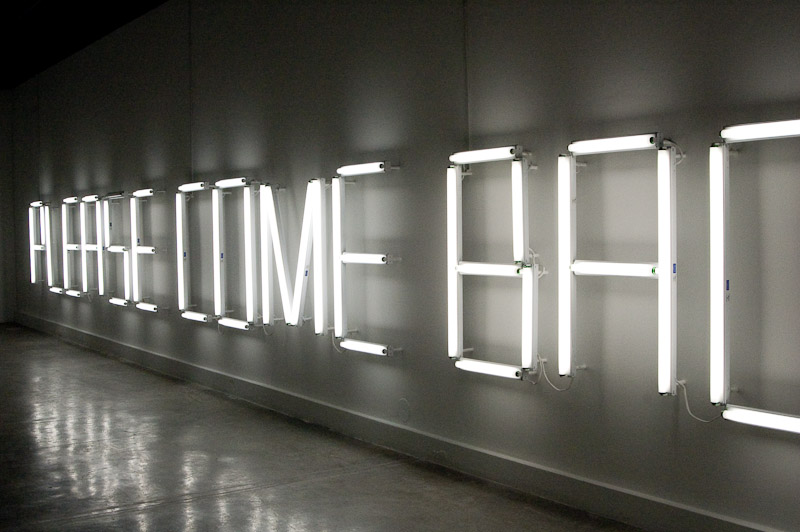What museum in S. Florida is not a collecting institution at today’s date? Each and every one of them is seeking to amass a significant and memorable collection.
I can personally call to mind something in just about every local museum collection having seen a wide selection of pieces from a large number of institutions. However, I must admit to having been an employee of MoCA, and therefore, intimately familiar with a few works. The one thing that we all should get joy from is seeing the growth of those collections over the years.
Since 1995, the Museum of Contemporary Art has been developing a collection of pivotal works by international contemporary artists. MOCA’s focused approach to collecting concentrates on works connected by concepts and methodology, rather than chronology, style or medium.
Pivot Points 3, works from the collection of Museum of Contemporary Art, does a few things, one of which is to show new acquisitions. That is always an exciting prospect. In all fairness I have to admit to those that do not know, I was en employee at MoCA when collecting began in earnest. There are, naturally, some works which have not been exhibited (to my knowledge) that remain in my mind’s eye. One of them is an architectural drawing of the new (current) bridge over the Miami River.
This gathering of Pivot Points continually raised ideas of the subversive and the anti-establishment, independent thinking artist. Hank Willis Thomas, Catherine Opie, Anna Gaskell, and Richard Pettibone are some of the artists that fit that bill.
The Paris-based collective Claire Fontaine’s Please Come Back, (k. font: American version), (2008, Museum purchase with funds from MOCA’s POP 8 ½ fundraiser), which spells out the phrase in fluorescent tubing, is their first large-scale light sculpture. With an aura of nostalgia, the work beckons both artists and audience to return. (photo credit: Miami Art Exchange)
Roni Horn, Pair Object VI: For Two Locations in One Place, installation at Jay Gorney, entrance view, 1989, two solid forged and machined copper cones, 13” diameter x 11” height. Courtesy of Jay Gorney.Getting back to the ‘Pair Objects’, these aren’t pretty shapes standing in a space and using material in an arbitrary way. The whole tradition of making attractive shapes with attractive materials—the bronze casting tradition—to name one, is really offensive at this point. This tradition strives for the same advantage over pragmatic reality that paintings achieve through their existence in a conventionalized space. But which is also part of their form. I am talking about a gross misunderstanding of sculpture. That is, the making of objects as merely things that have shape in three dimensions, but refuse the responsibility of existence in three dimensions.
Roni Horn’s copper sculpture Pair Object Via, (1990, Promised gift of Estelle and Paul Berg), is part of the New York-based artist’s first renowned series of paired objects that encourages the viewer to contemplate similarities and differences.
The next thing that needs to happen is for more individual works from the various collections to be made available for online research and viewing. Maybe it isn’t as important as one would naturally assume to make those works available online. However, there should be a way for the public to know what their museum’s are holding.
Museum of Contemporary Art
770 NE 125th Street
North Miami, Florida 33161
Museum of Contemporary Art


